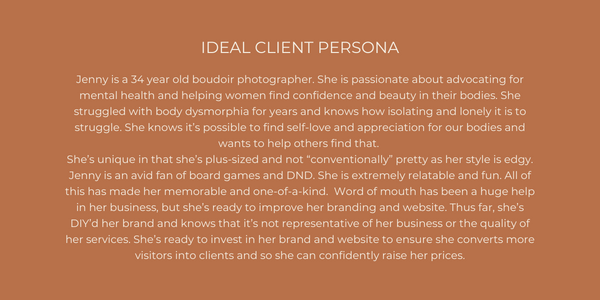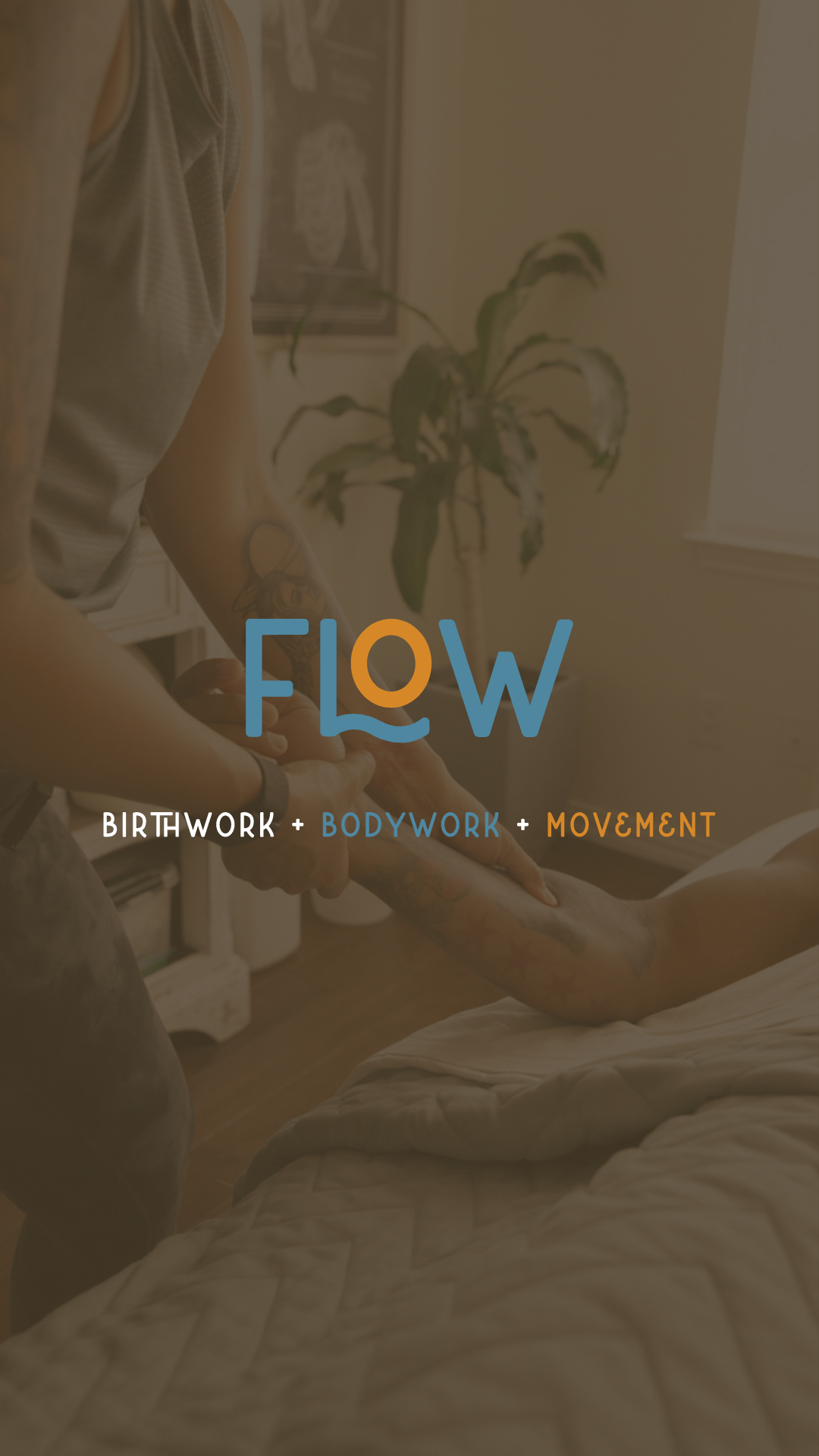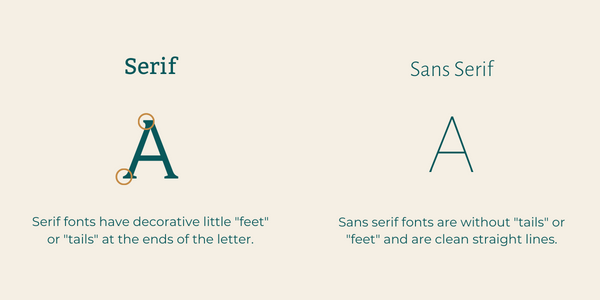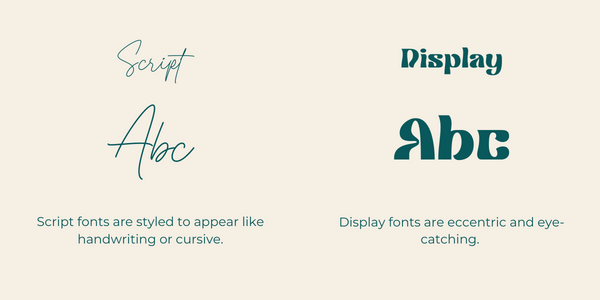Brand Strategy Development: 10 Simple Steps to Creating Your Dream Brand
Brand Strategy Development
By now you’ve probably heard how important it is to create a one-of-a-kind and memorable brand. But what is a brand anyway? Chances are if you haven’t hired a designer yet or don’t yet have the budget to do so, you might be a little bit lost on what this means and how to create it.
Fortunately, I’ve created this 10 step guide to help. The key to creating a lasting and successful brand is more than a pretty color palette and a logo. It’s really understanding the heart and soul of your business and translating that into visuals that match. So, work your way through this process and start attracting your ideal clients with ease!
What is branding anyway?
Before we dive into the 10 steps I wanted to give a few definitions that will help you as you create your own brand. I’d also recommend you go read this post and then come back to this.
Business: It’s WHAT you do and the services/products that make you money.
Brand: It’s NOT your logo, or colors, or fonts. It’s largely UNSEEN. It's the core of your business. It’s the values and purpose and mission behind the products/services. It’s the promises you make and uphold. It’s your why and ultimately what you stand for. It’s also how your business is perceived by your customers and audience–it’s about emotions, values, voice, and overall vibe.
Brand Strategy: This is an overall plan for how a business is going to present and position themselves. It considers how a business will meet long-term goals. It involves planning on how to become visible and recognized by the target audience as well as how it’s going to stand out and attract that audience over time. Brand strategy is important because it identifies what is unique about a business and hones in on that to stand out among competitors. Brand strategy has many pieces like values, voice, vibe, and of course visuals.
Visual Branding: This is a visual translation of your brand. It includes logos, colors, fonts, graphics that are thoughtfully aligned to bring your brand to life to attract your target audience while also matching those unseen values and missions. The visual components of your brand should build off one another to create a cohesive, unified look that is recognizable. Oh, and your visual branding is not about you. You should love the visual look of your brand, but it ultimately needs to appeal and align with your audience.
Ready to brand your business?
1) Define Your Business Purpose, Impact & Difference
Before we can dive into fun stuff like colors and logos we need to start with the foundation of your brand. Getting crystal clear on your purpose, impact and what makes your business unique is essential.
So, take some time to think through these questions. I recommend actually writing them out.
Questions to reflect on business purpose:
Why did you create your business?
What is the reason your business exists?
What is your business here to do?
Questions to reflect on business impact:
What is your vision for the world?
How does your business fit into that?
What promises does your business make?
Questions to reflect on business difference:
Who are your competitors?
What do you admire about them?
What do you dislike about them?
What makes you different?
Getting clear on the purpose, impact, and difference of your brand is essential to creating a memorable, strategic, and intentional brand. Understanding these core aspects of your brand will shape every decision you make and the experience you provide for your clients.
2) Write a Business Mission Statement
After taking time to reflect on the questions in part one, it is really helpful to write a short and sweet summary in the form of a mission statement.
A mission statement is 1-3 sentences that summarize what you do, for who, and why.
Here’s mine:
Jamie Richelle Designs is a creative studio that crafts intentional and strategic brands and websites for heartfelt, people-first business so they can stand out.
3) Define Your Target Audience and Ideal Client
You can’t build your business without knowing who it’s for. And I promise, it’s not for everyone. You need to get very specific about who you’re meant to work with and who you want to work with. The clearer you are on who you want to work with the better you can speak to them. And the better you can speak to them the more they’ll feel connected to you and your offers. To do this, start by thinking broadly and then get more specific.
Start by defining your target audience by demographics.
Demographics: statistics that describe a population—age, gender, race, education.
Then, get more specific and define their psychographics.
Psychographics: classification of people according to their attitudes, opinions, lifestyle.
Lastly, create an ideal client persona.
Ideal Client Persona: a specific description of a real or imaginary person who would be a dream for you to work with.
4) Define Your Brand Personality
A brand personality is a set of human characteristics that help a business shape how its audience and consumers perceive them. A brand personality should elicit an emotional response with the target audience. The personality should be a reflection of a brands mission and vision. And while the personality is not visual, this will help guide visual aspects of the brand.
The best way to determine a brand personality is to choose 5-15 adjectives that align with the mission of a business and how they want to be perceived.
5) Define Brand Voice
In addition to the seen and unseen parts of your brand, there is also the portion that is HEARD. This is the words you use and how you communicate. Just like every step thus far, this one builds upon understanding your brand mission and personality. A brand voice should align with the mission and personality. To better understand let’s break down some definitions:
Brand voice: This is what you say and is an extension of a brand personality. So think about the adjectives you picked in step in 4. This will direct what you say (and don’t say).
Example: a professional and polished brand is probably not going to use slang or cursing.
Brand tone: This is the mood and style of the brand voice. It’s how you speak.
Example: a friendly and casual brand may have a playful or neighborly tone.
Whatever style your brand voice and tone takes it should be aligned through all of your communications—website, emails, social media posts, etc.
6) Create Visual Inspiration (Mood Board)
Now we’re getting to some of the fun stuff! An inspiration or mood board is the visual foundation of your brand. This is a collection of photographs that speak to your brand mission and personality. Creating a strong mood board will guide you in choosing colors, fonts, and creating a logo that reflects the heart and soul of your brand.
To start finding inspiration, I send all my clients to Pinterest. Create a secret board and start pinning!
7) Create a Brand Color Palette
Color is a powerful visual experience. And it has the ability to evoke emotion and showcase personality. Choosing colors for your brand should be done with intention and thought.
Before you just jump into Canva and start putting pretty colors together, you need to reflect on your mood board images and the adjectives that you selected to define your brand personality.
8) Create a Logo
The logo is often the visual brand element that my clients are most excited to see. And if you’re not a designer it can be the most difficult part to create. Many people think they need an elaborate graphic that represents exactly what it is they do or something very colorful or fancy. Many people think that a logo is what will be most memorable about a brand. But, the truth is, a logo is NOT going to make or break your brand.
There are some rules I like to follow and recommend for anyone when creating a logo:
Keep it simple: A simple design will stand the test of time, communicates more effectively, and is ultimately more memorable.
Don’t be literal: Many business owners think they need to have a logo that demonstrates exactly what their business does. This is not necessary. A logo should speak to a brand values and personality, but it doesn’t need to be a literal representation. Example: a doula or midwife does NOT need to have a baby or pregnant belly in their logo.
Keep it unique: Your logo should not be the similar to your competitors. Every logo should have some unique aspect that helps it stand out among the crowd. And unique can be something as subtle as a special element, color, or font choice.
Scalability: A logo must look good at all sizes. And this means choosing fonts and and styling that look when shrunk down small or when blown up large. Script, handwritten fonts, or very thin and delicate typography can be difficult to scale. Additionally, the logo colors should be accessible and easy to read.
You can create a simple logo in a graphic design software like Adobe Illustrator or in an easier program like Canva Pro. Keep in mind that when creating graphics in Canva you may not have full rights to a design and you run the risk of others using the exact same design.
Let’s look at the Flow Birth & Body logo. It's simple, the use of a bold sans serif font is legible and makes it easy to scale. The “L” shape is unique and evokes a sense of movement and flexibility which is relevant to this business. The use of color is playful and bold furthering the brand personality and approach.
9) Choose Fonts
Typography choice can be as impactful as color for branding. Though subtle, different font styles evoke different vibes. There are four main font styles:
Serif: These fonts have little “tails” or “feet” on the ends. These are best for brands that are traditional, formal, or serious.
Sans serif: These fonts are without the “tails” and feature clean lines. These are best for brands that are more modern, minimalist, and friendly.
Script/handwritten: These fonts are a handwritten or cursive style. These can make a brand feel creative, personal, friendly, stylish, or elegant.
Display: These are fonts that are often bold, eccentric, or quirky. They are best used for graphics or short sentences. They are not often good for paragraphs or body text.
When it comes to creating font pairings, it’s helpful to understand the different styles and create contrast either with style, weight, spacing, and sizing. Here are a few posts that include my favorite pairings on Squarespace and Wix.
10) Create Your Brand Board
It’s time to put it all together! A brand board or brand style guide serves as a summary of your visual brand elements. It will include your logo(s), colors, typography pairing, and any other visual elements. This will serve as something you can reference as you create branded designs for your business.











